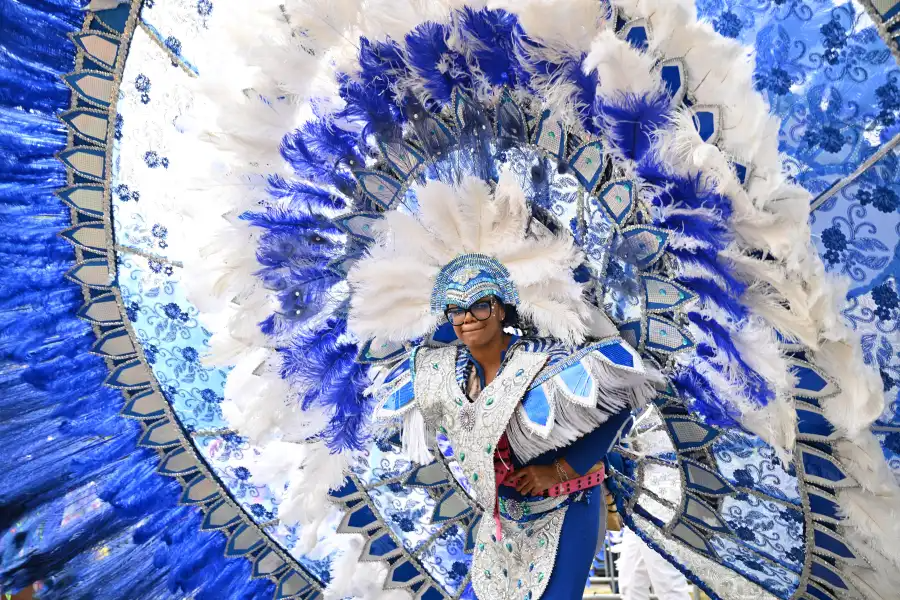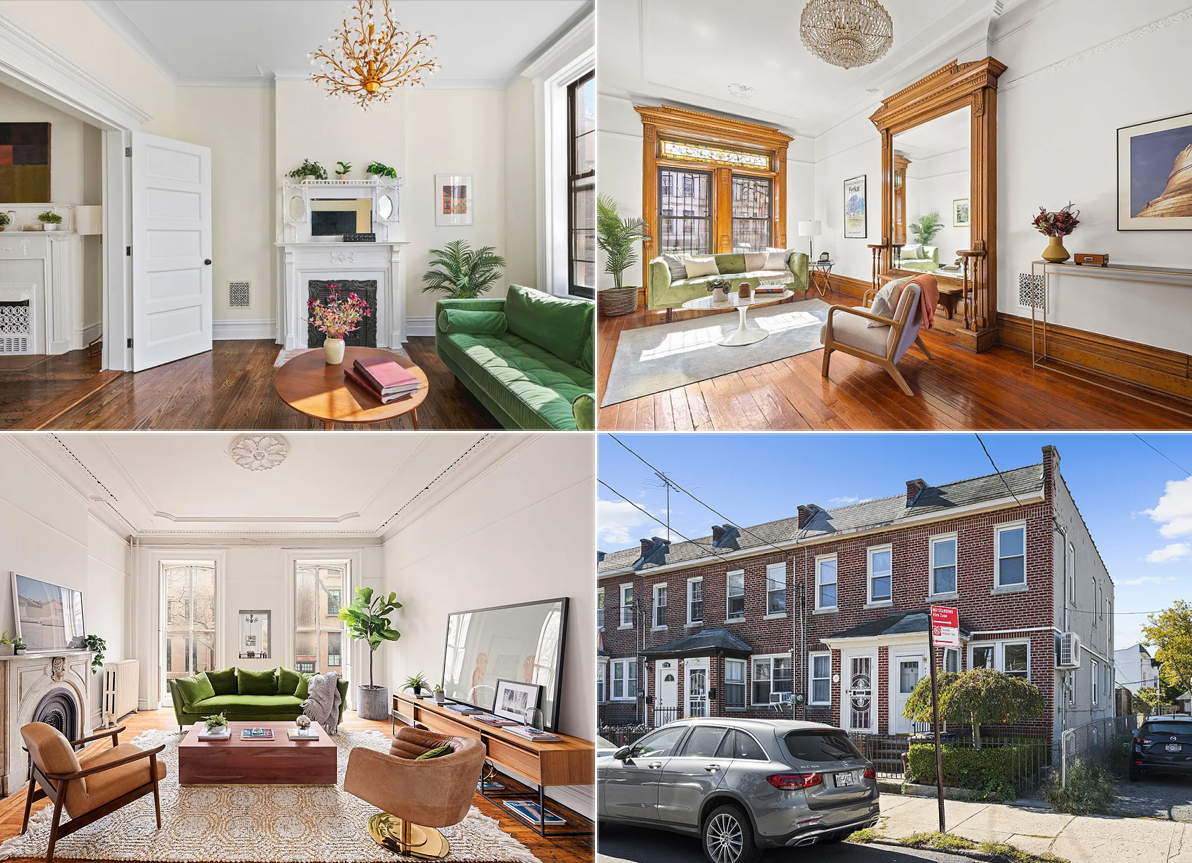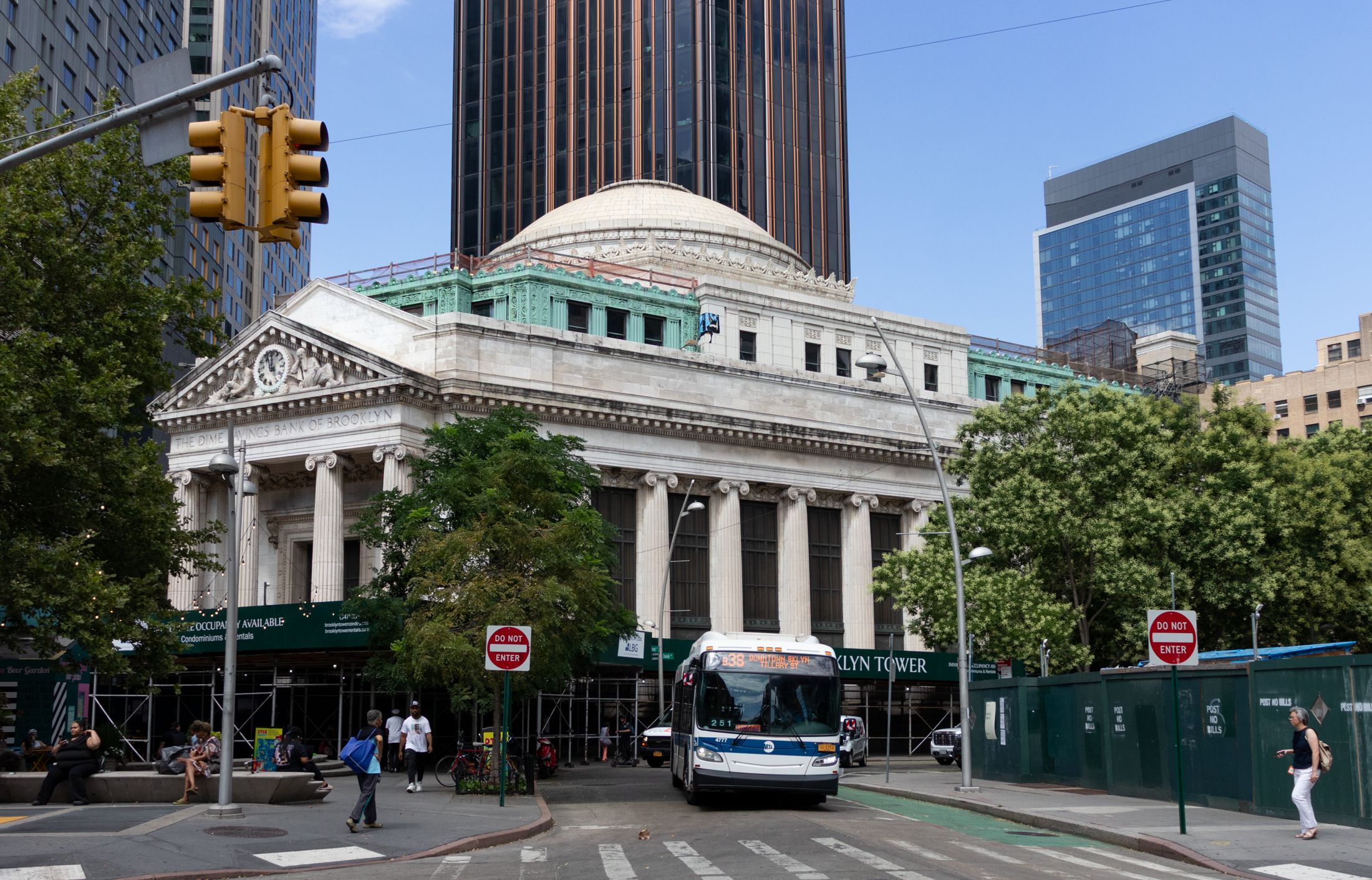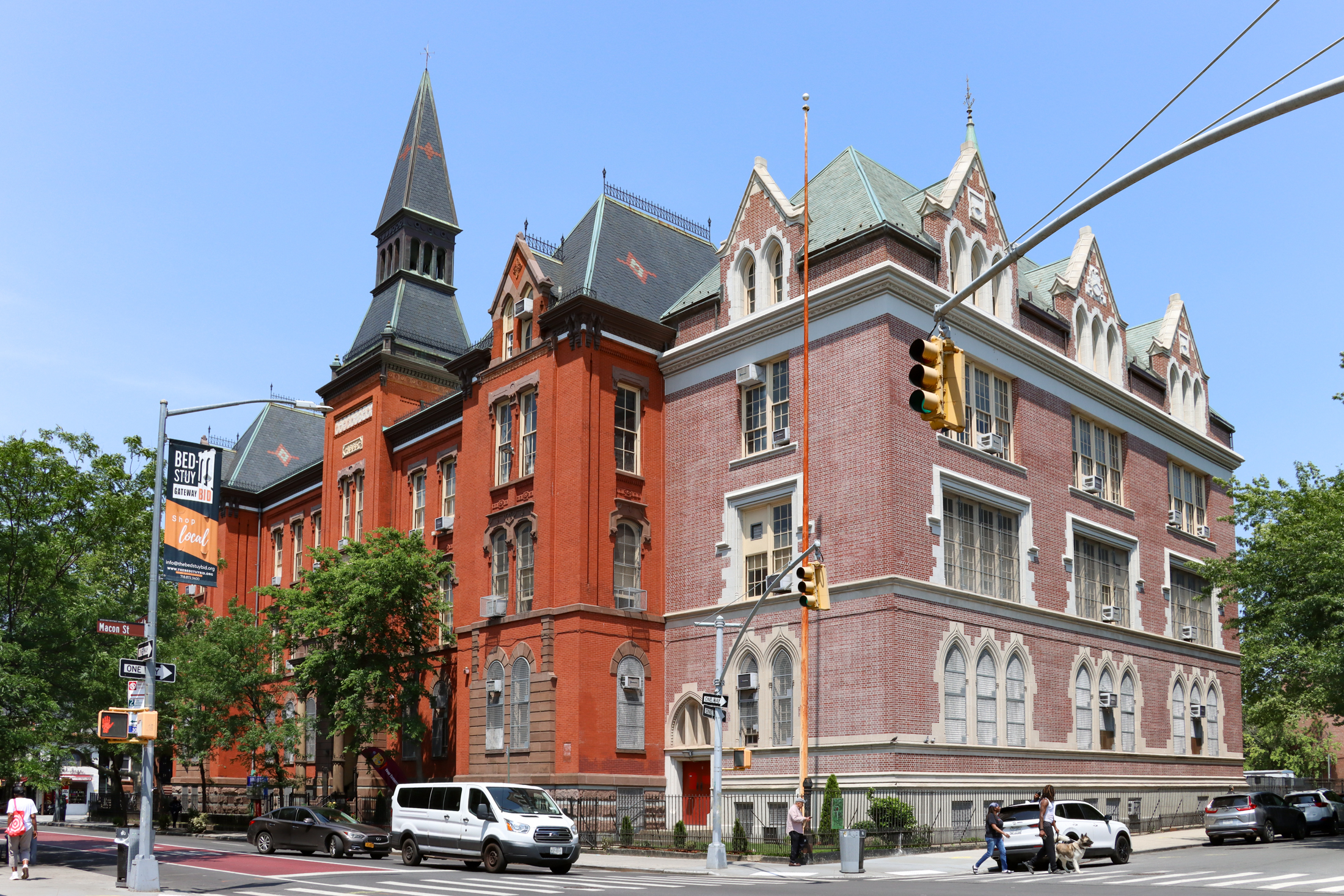Inside the Stoothoff-Baxter House
This weekend the old house fanatic behind the blog Casa Cara went and knocked on the door of the Stoothoff-Baxter House, a Dutch Colonial house in Flatlands, the earliest part of which was built in 1747 by Garret Stoothoff. The owner, a retired New York City public school teacher formerly of Fort Greene, was out…


This weekend the old house fanatic behind the blog Casa Cara went and knocked on the door of the Stoothoff-Baxter House, a Dutch Colonial house in Flatlands, the earliest part of which was built in 1747 by Garret Stoothoff. The owner, a retired New York City public school teacher formerly of Fort Greene, was out at the time but he nicely sent along a couple of photos of the interior, one of which we’ve included above and the other of which you have to click through this link to see. The house has been on the National Register of Historic Places since 1982. To learn more about this and other old Dutch houses in Brooklyn, a 1945 book by Maud Esther Dillard has been digitized and can be view here.
A Trace of Breukelen [Casa Cara]





Yup, Newtown Creek, which derives its name from Nieuwe Stad, a Dutch and British settlement, not only has English Kills, but also the tributaries Dutch Kills, Whale Creek and Maspeth Creek. More: Spuyten Duyvil, Hell Gate (Helegat), Great Kills, Catskills, Batten Kill, on and on, including even Knickerbocker (courtesy of Washington Irving).
How about English Kills – there’s a compromise!
No need to travel up the Hudson. Just travel to Staten Island (Kill Van Kull, Freshkills, Arthur Kill), or to Houston Street in Manhattan (which derives its pronunciation from the Dutch, not from Sam).
Thanks so much Cara! So nice that you’re doing this!
BrooklynButler, don’t forget that many Dutch people remained on their farms in Brooklyn well into the 1800s, and even 1900s. The Dutch names on neighborhoods, streets, etc, features, even “Brooklyn” were not a kindness extended by the English. These were the names of families and farms for centuries. It is the same as you travel up the Hudson and the Mohawk Rivers…there are many remains of Dutch names and language.
Cool!
More, please.
You’re precisely right. The Dutch lost control of New Amsterdam after only a few decades; the English took over in 1664 and re-named it New York. But the Dutch culture, especially insofar as architectural styles, persisted at least into the early 19th century, in this area and all the way up the Hudson River.
The Dutch lost claim to what is now New York in the 1660s or 1670s (my history is rusty). Is it still considered a Dutch colonial because it exemplifies the styles and traditions of Dutch housewrights, rather than English ones?